The difference between ‘look’, ‘see’ and ‘watch’

The verbs see, watch and look are three common English verbs. Many students struggle with the difference between them. Do you know the difference? Read on to find out some key differences between ‘look’, ‘see’ and ‘watch’, and some common collocations and phrases with each of these verbs.
Look
The verb ‘look’ means to use our eyes to observe something. It is an intentional action, and it is often a quick action. We often use the verb ‘look’ with the preposition ‘at’.
I looked at the clock before entering the gym.
Everybody looked at the boss when she entered the meeting room.
It is often used in the imperative form (to give an instruction or command).
Look at the dog! He’s twitching his legs in his sleep, he must be running in his dream.
Don’t look at the shopping bags! Your present is in there.
Phrases and phrasal verbs with ‘look’
Look forms the root of many phrasal verbs. Let’s look at some common ones.
Look out
Look out is another way to say ‘be careful!’ or pay attention to.
Look out! There is a car coming! Don’t cross the road yet.
Look out for cyclists on this road. It’s a popular cycling route.
When reading the article, the teacher asked the students to look out for any instances of the passive voice.
Look over/through
This means to check or review something.
Please could you look over this first draft and tell me if you have any suggestions?
The speaker looked through his notes as he prepared to deliver his presentation.
Look up to
This phrasal verb means to admire someone or to take inspiration from them.
I look up to my grandfather so much. He has always been so hardworking.
The little girl loves football and really looks up to the Lionesses.
Look forward to
To anticipate an event with excitement is to look forward to it. If we follow it with a verb, we use the gerund form.
I am looking forward to the barbecue at my friend’s house this weekend.
She is looking forward to going on holiday next month.
Learn more about phrasal verbs in our many blog posts on this topic, or in the Figure Out Phrasal Verbs course in the Intrepid English Academy.
Look for
When we look for something we are searching for it and trying to find it.
I am looking for a new job.
He can’t find his passport. He has looked for it everywhere.
To look like (someone or something)
To look like means to have the appearance of.
My sister looks like my grandma did when she was younger. They have the same nose and eyes.
There are some clouds in the sky. It looks like it’s going to rain.
See
The verb ‘see’ means to observe something. It doesn’t have to be intentional.
For example, I looked out of the kitchen window and saw my cat on next door’s driveway. (I wasn’t necessarily searching for (or ‘looking for’) him.
Have you seen my glasses? Yes I think I saw them in the kitchen, you must have left them there when you were cooking.
We also use the verb ‘to see’ to describe appointments or meeting up with people.
I am seeing the dentist on Friday.
I saw an old friend for coffee last week.
Phrases and collocations with ‘see’
See what happens/See how it goes/Wait and see
These phrases all mean a similar thing. If we are not sure about something in the future but are not able to control it (or decide not to focus any more energy into trying to control it), we may use one of these phrases.
I think the exam went well. It’s over now. There’s nothing I can do about it. I’ll just wait and see what happens on results day.
Jonathon started a new job last week. He seems to be settling in well. Let’s see how it goes.
I completed my job application for the job of my dreams yesterday! I hope I hear back from them. Let’s see what happens.
Watch
‘Watch’ means to observe or look at something for an extended period of time.
Look at these two example sentences.
I saw my old history teacher going into the supermarket.
I watched my history teacher going into the supermarket.
The difference between watch and see here is that see is more passive or could have been accidental. The speaker probably just happened to be in the same place as their old teacher. ‘Watch’ is intentional and a longer action. (Perhaps the speaker is in the supermarket carpark and watches the person get out of their car and walk into the supermarket).
Collocations and phrases with ‘watch’
We use ‘watch’ with TV/a movie/a series.
My mum watches Coronation Street regularly.
My boyfriend and I are watching Stranger Things at the moment.
Keep a close watch on
To ‘keep a close watch’ on something means to be extra careful or observant.
After your dog takes the medicine, keep a close watch on him to check for any side effects.
I’m keeping a close watch on xyz company. They are our main competitors.
Similarly, we often use the word ‘watch’ to describe being under careful observation. For example, the state is on tornado watch/flood watch.
Watching the clock
This phrase is used to describe when you are bored or have nothing to do but need to wait until a certain time to be able to leave a place.
He’d finished all his work for the day but the boss wouldn’t let him clock out until 5pm, so he was just watching the clock for most of the afternoon.
The student finished their exam early, so they just watched the clock for the last twenty minutes.
I hope you found this English vocabulary blog post useful. Test your understanding of the different uses of see, watch and look by writing your own example sentences with these verbs. Post them in the comments and an Intrepid English Teacher will get back to you.
If you enjoyed this blog post, don’t forget to check out more useful vocabulary tips in other blog posts, or study one of our extensive self-study courses in the Intrepid English Academy on business English, exam preparation, grammar, vocabulary, pronunciation and more! Memberships start from just £29/month and include one-to-one lessons with an Intrepid English Teacher.
This content was written and recorded by Intrepid English Teacher Kate B.

You can find out more about Kate B on her Intrepid English Teacher Profile Page.
Book a free trial lesson today to discuss this topic in more detail, and talk about your English learning goals with an experienced and friendly English teacher.
If you have any questions, or you would like to request a topic for a future blog, you can contact us using the chat box, send us an email, or even drop us a message on any of our social media channels.
Thanks for subscribing to our newsletter!
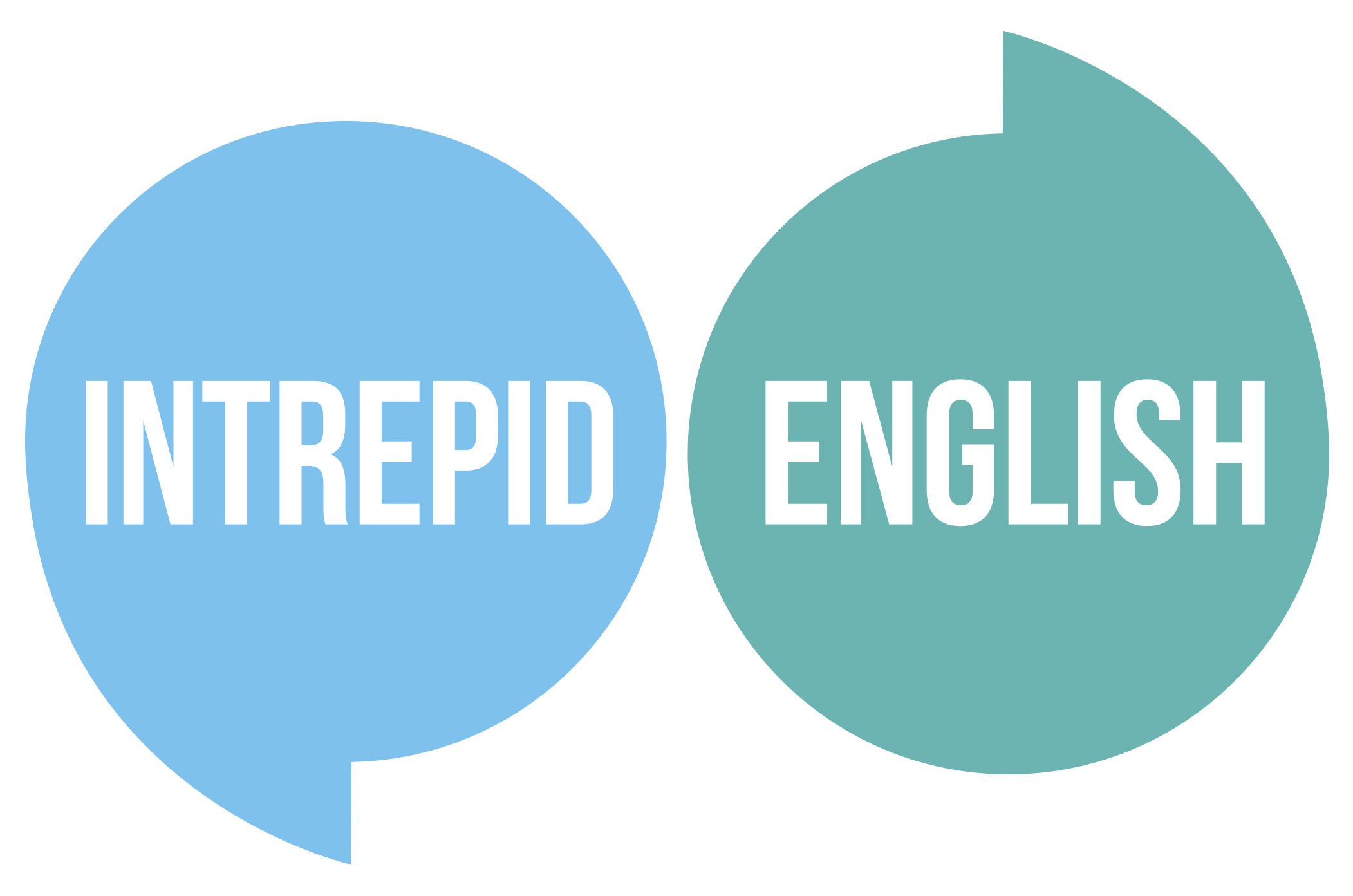
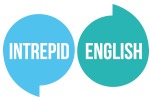

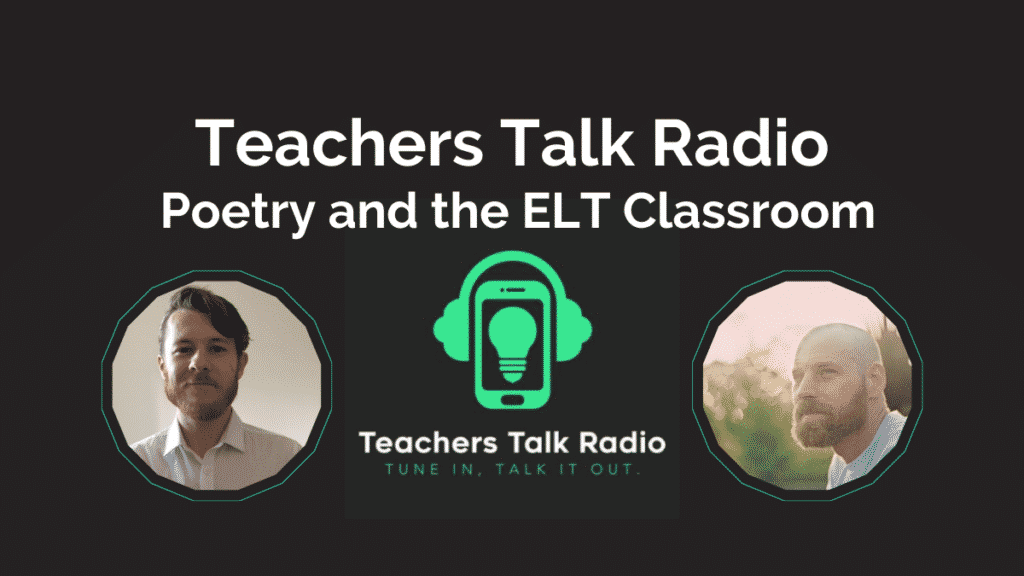
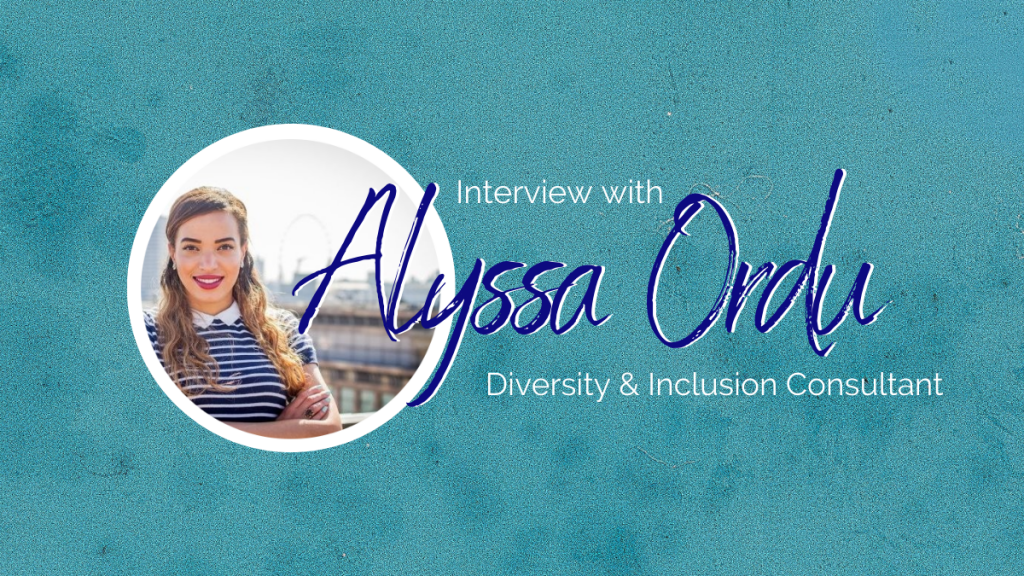
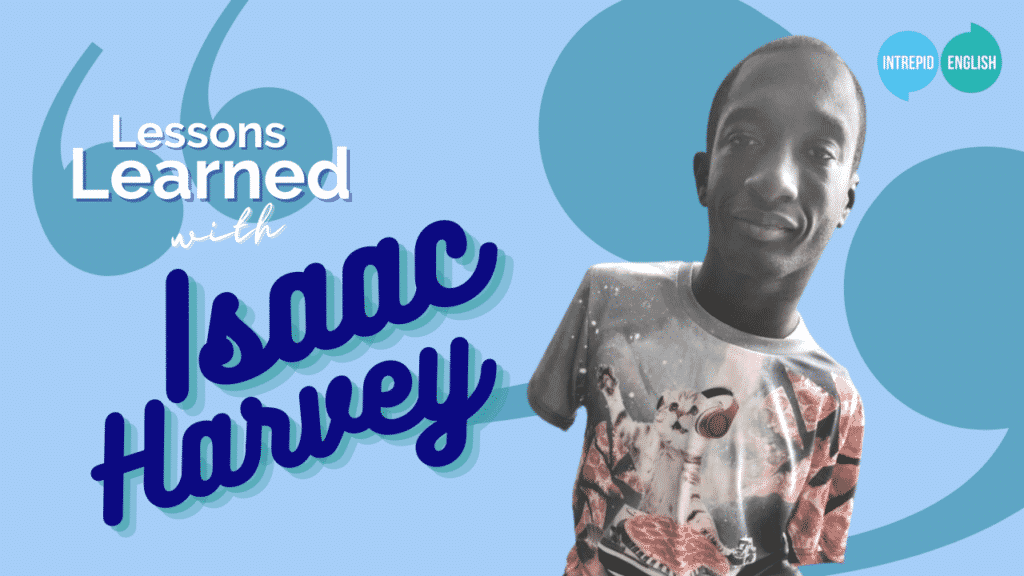

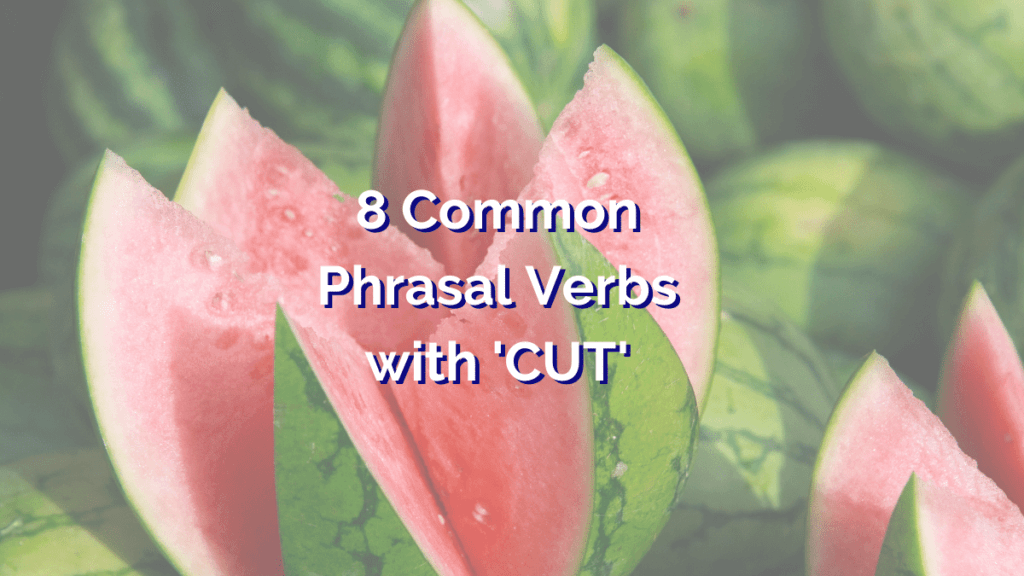
Responses